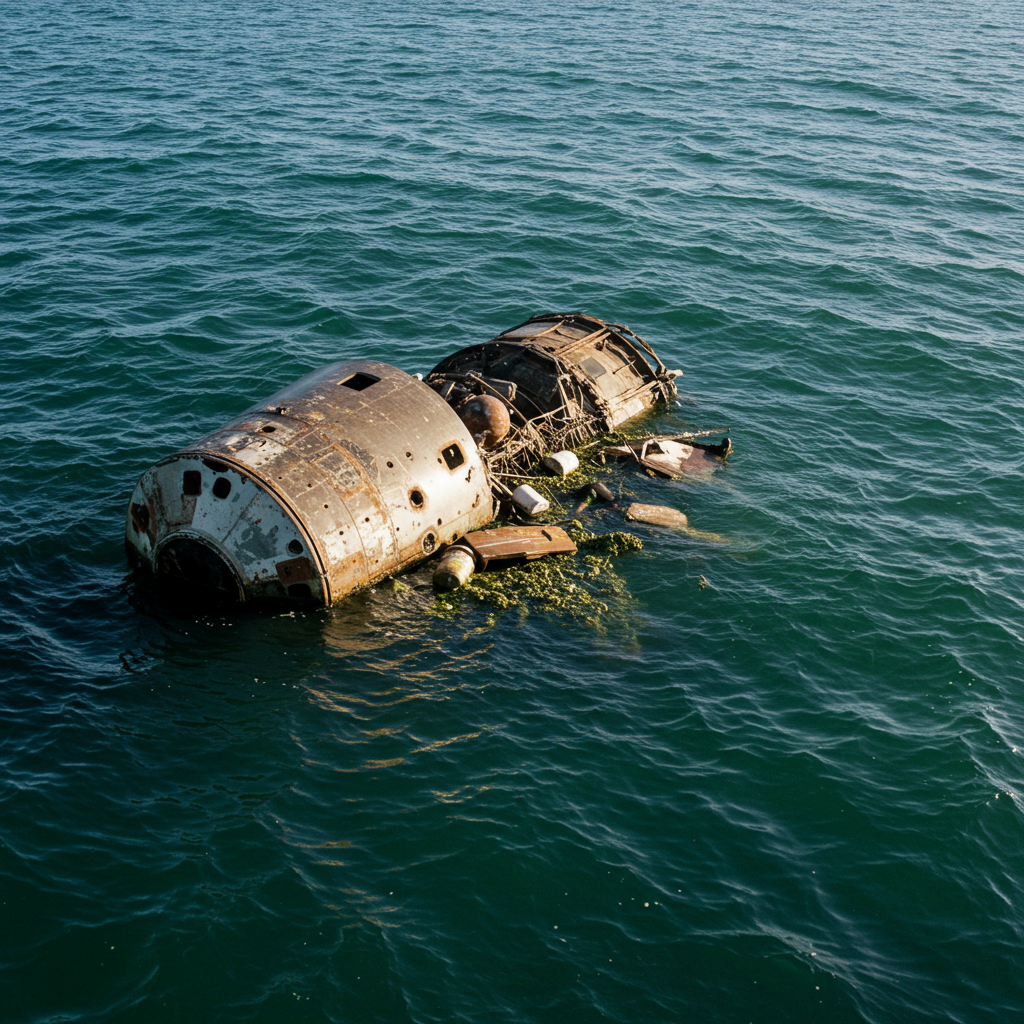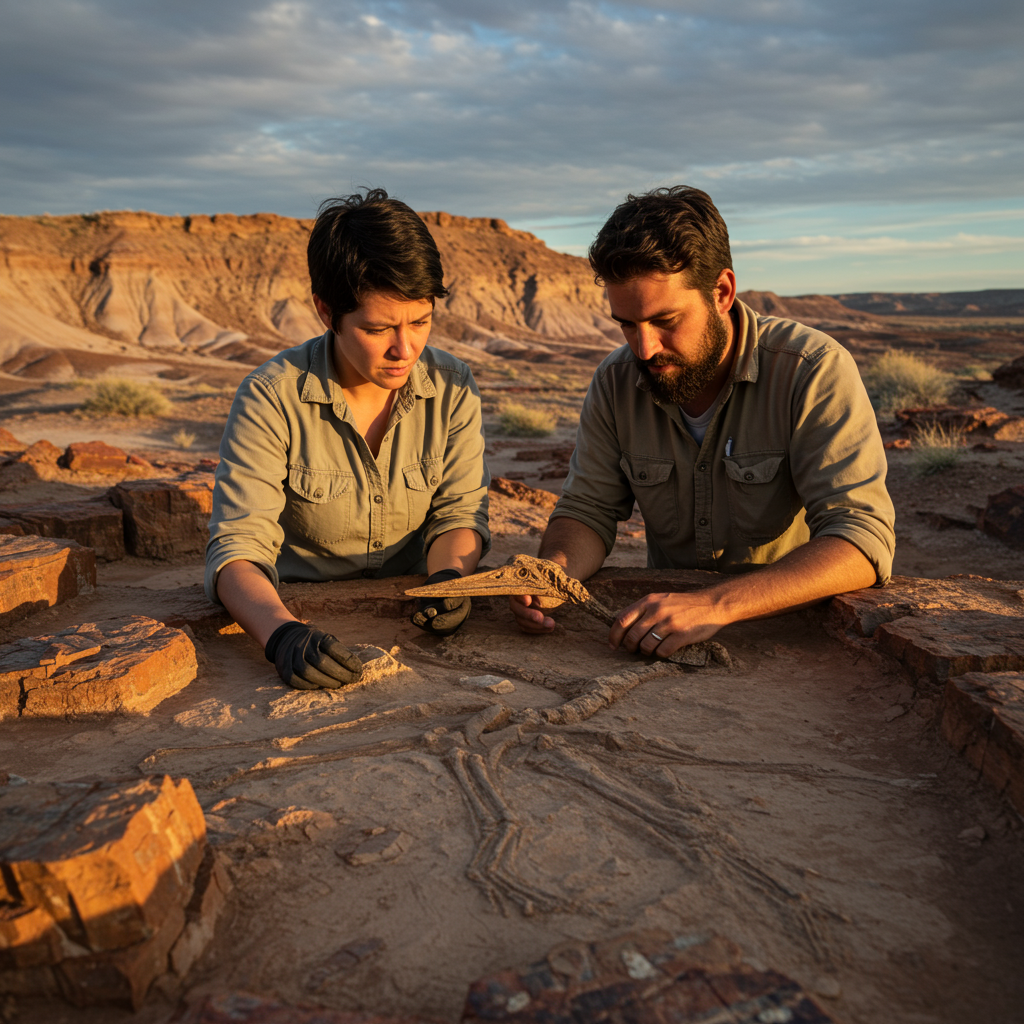space missions carry unique cargo. Sometimes, the journey ends unexpectedly. A recent orbital flight tragically concluded with a space capsule crashing into the Pacific Ocean. This failure resulted in the loss of a highly unusual payload. Aboard were the ashes of 166 individuals and a collection of cannabis plant matter and seeds.
The mission, dubbed “Mission Possible,” was spearheaded by The Exploration Company (TEC). This German aerospace start-up launched its Nyx capsule on June 23rd. The launch took place from Vandenberg Space Force Base. It hitched a ride on a SpaceX Falcon 9 rocket as part of the Transporter-14 rideshare mission.
A Mission of Memorial and Science
The Nyx capsule wasn’t just carrying standard satellite equipment. Its cargo represented both deeply personal tributes and ambitious scientific goals. The human remains aboard were facilitated by Celestis. This Texas-based company specializes in space burials and memorial flights. For 166 families, this mission offered a unique way to honor their loved ones. Their ashes or DNA fragments were sealed in small capsules. These were intended for an orbital journey around Earth. This specific mission was particularly significant for Celestis. It was their first attempt to bring cremated remains back to Earth after orbiting.
Alongside the memorial payload was a fascinating scientific experiment. This involved cannabis plant matter and seeds. The material was contributed by the Martian Grow project. This initiative describes itself as a citizen science effort. Its ultimate goal is ambitious: exploring the feasibility of farming cannabis on Mars. On this mission, the cannabis payload was part of a larger biological incubator called MayaSat-1. This experiment aimed to study how life withstands harsh conditions. Specifically, it targeted exposure to high cosmic radiation levels in a polar orbit. This differs from studies focusing on microgravity effects on plant growth. The plan was to return the samples for analysis. Researchers hoped to find mutations. These could reveal insights into resilience traits.
The Flight and Its Sudden End
The initial phases of the “Mission Possible” appeared successful. The Nyx capsule achieved orbital insertion. It successfully powered its various payloads while in orbit. The capsule stabilized itself after separating from the launch vehicle. It then began the crucial process of re-entry into Earth’s atmosphere. During reentry, the capsule successfully re-established communication after a temporary blackout phase.
However, the mission encountered a critical anomaly. This occurred just minutes before the planned splashdown in the Pacific Ocean. According to reports, the capsule’s parachute system failed to deploy correctly. This failure was catastrophic. Instead of a controlled descent, the Nyx capsule crashed violently into the ocean.
Contents Lost to the Deep
The impact scattered the capsule’s contents across the sea. Both The Exploration Company and Celestis have confirmed the tragic outcome. The materials aboard have not been and are not expected to be recovered. This means the ashes of the 166 individuals are now dispersed in the vast Pacific. It also means the scientific data potential from the radiation-exposed cannabis samples is lost. The planned post-mission analysis cannot be performed.
For the families, this represents a profound loss. They entrusted Celestis with the final journey of their loved ones. While the remains did achieve orbit, the failure to recover the capsules is deeply disappointing. Celestis co-founder and CEO Charles M. Chafer acknowledged the shared disappointment. He expressed gratitude for the families’ trust in this pioneering, yet risky, endeavor. He noted that the mission did achieve successful launch, orbit, and initiation of controlled reentry. Celestis is reportedly contacting the affected families. They aim to offer support and discuss potential next steps. Chafer offered a perspective for families to consider. He suggested finding peace in knowing their loved ones embarked on a historic space journey. Their remains are now resting in the Pacific. This is likened to a traditional and honored sea scattering.
Company Responses and Future Outlook
The Exploration Company acknowledged the outcome with candor. They described “Mission Possible” as a “partial success (partial failure).” This reflects the technical milestones achieved versus the ultimate failure to return the cargo. TEC stated that the root cause of the anomaly is under investigation. They have issued an apology to their clients for the lost payloads. This was TEC’s second flight. Their first, ‘Mission Bikini’ in 2024, also encountered issues. That capsule remained in orbit due to an upper stage anomaly.
The company emphasized that space innovation involves inherent risks. Pushing boundaries quickly can lead to setbacks. TEC plans to leverage the lessons learned from this investigation. They expressed a commitment to prepare for re-flight as soon as possible. The Nyx capsule is designed for future cargo transport. This includes potential resupply missions to the International Space Station (ISS) and its successors. A demonstration flight to the ISS is reportedly planned for 2028.
The loss highlights the challenges facing new aerospace companies. It also underscores the specific risks for customers using novel space services. While Celestis has conducted many successful space burial missions, this reentry failure is a setback. It’s also worth noting this is Celestis’s second payload loss. A previous mission in 2023 ended with a rocket explosion shortly after launch.
The Martian Grow project also faces disappointment. The loss means a valuable experiment on radiation resilience is incomplete. However, other projects are exploring space biology. For example, Genoplant is reportedly developing capsules for long-duration plant growth in orbit. A test flight for this is scheduled for 2027. Despite the setbacks, the ambition to utilize space for unique purposes remains.
Frequently Asked Questions
What was the Nyx capsule carrying and what happened to it?
The Nyx capsule, launched by The Exploration Company on June 23rd, carried two main payloads: the ashes/DNA of 166 people provided by Celestis for a space burial service, and cannabis plant matter/seeds from the Martian Grow project for a science experiment. After successfully orbiting Earth twice and initiating reentry, the capsule experienced a parachute failure just before landing in the Pacific Ocean on June 24th, resulting in a crash and the complete loss of all contents.
Which companies were involved in this failed space mission?
Multiple entities were involved in the “Mission Possible” flight. The mission was primarily managed by The Exploration Company (TEC), a German start-up that developed and launched the Nyx capsule. The capsule flew aboard a SpaceX Falcon 9 rocket. The cargo included a payload from Celestis, a Texas-based company providing space burial services, and another payload of cannabis materials for the Martian Grow citizen science project.
What happens next for the families and companies involved after the crash?
For the families who entrusted Celestis with the remains, Celestis is reaching out to offer support and discuss options, acknowledging the contents are unrecoverable but suggesting the orbital journey itself fulfilled a memorial purpose. For The Exploration Company, they are conducting a full investigation into the parachute failure to understand the root cause. They plan to use these lessons learned to improve future missions and aim to re-fly their capsule technology as soon as feasible, continuing their development towards cargo transport in Earth orbit.
Lessons Learned and Moving Forward
The loss of the Nyx capsule is a stark reminder of the complexities and risks inherent in spaceflight. For start-up companies like TEC, pushing technological boundaries means navigating potential failures. For unique service providers like Celestis and scientific projects like Martian Grow, these missions represent significant investments and deeply held purposes.
While the outcome is tragic for the families and a setback for the researchers, the mission wasn’t without its technical successes. The launch, orbital operations, and reentry initiation were validated. The investigation into the parachute failure will be crucial. The space industry, including niche services like space burials and biological experiments, learns from every flight. The companies involved have pledged to learn from this incident and continue their ambitious work, hopeful for successful future missions that fulfill their unique objectives. The journey for sending both memorial and scientific cargo to space continues, albeit with cautious steps informed by past challenges.
Word Count Check: 1075




